Top 10 Misconceptions And Myths About Japanese Culture
American: “Hey, I can’t slurp ramen, but what should I do when I go to Japan.” Japanese: “Why?” American: “Because I heard it’s considered rude in Japan if I don’t slurp noodle.” Japanese: “No? It’s not rude at all.” |
Japan is complicated.
The country is known for its unique culture and polite people, but also known for its complex manners and rules.
If you are actually planning to visit Japan, you may research for what you should do and shouldn’t do in Japan, regarding to manners and customs.
Of course, you don’t wanna mess up with locals and try to be as not rude as possible.
There are actually a lot of information for you to familiarize Japanese culture and customs.
But this might be a reason why Japan has so many misconceptions, and people from different culture often talk about these myths.
So in this article, I will introduce you top 10 Misconceptions and myths about Japanese culture.
Table of Contents
1. Crooked Tooth
“Women with crooked tooth are popular in Japan.”
It is true that it has been a trend in Japan that girls actually go for “fake crooked teeth.”
It’s extremely weird in other culture.
You would rather want them straight and white than crooked.
But the fact is this idea is sometimes exaggerated.
It is only applied for upper canines, not the whole crooked teeth.
It is called yaeba in Japanese, and it is little bit misleading when it is translated “crooked tooth” or “snuggletooth.”
In fact, it is common in Japan in the same way as other culture that people get braces and get their teeth straight.
And people with crooked teeth are also seen as imperfections in Japan.
So yaeba is the particular tooth that develops on upper canines.
2. Everyone Loves And Knows Anime

If you are otaku and believe in it, this might be a little bit of shock, but many people are actually not that into anime.
If you go to the anime capital, Akihabara district in Tokyo, you will actually be surprised of the number of foreigners.
In fact, foreign anime lovers are so much more dedicated than the majority of adult population.
3. Japanese Eat Whales

Western media might be a reason for this misconception.
Every time Japanese do commercial whaling, media spot on Japan’s whaling culture and talk like whale is widely consumed in Japan.
I don’t want to get political or anything, but whale is not a common meal in Japan.
A lot of Japanese people, especially young generation, don’t even know some people eat whale.
“Then, why do they still keep doing commercial whaling?”
It’s all about politics.
Some regions and food-industry still need commercial whaling, and they put political pressure on this issue.
4. Japanese Eat Dolphins
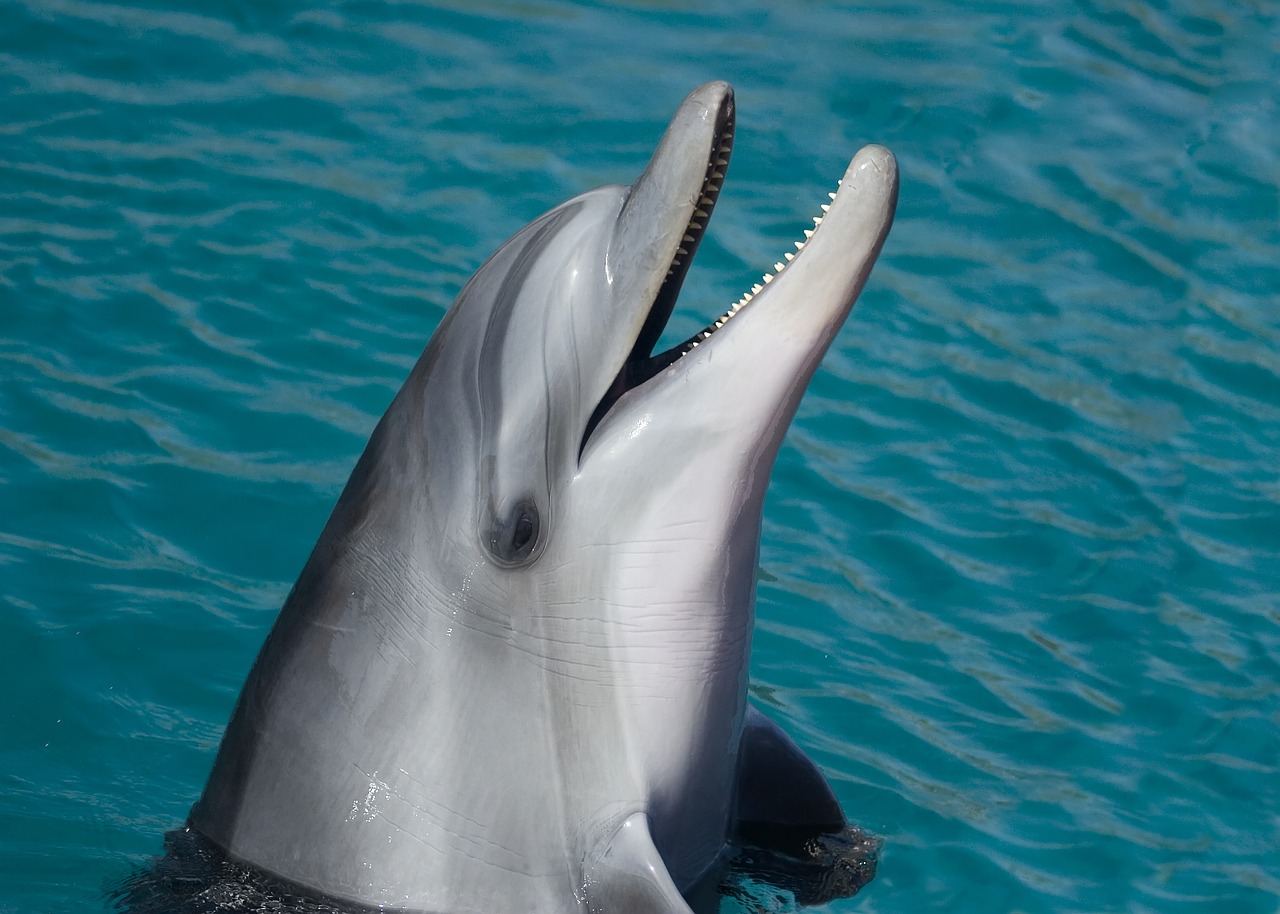
It’s kind of same as whaling.
It is true people eat dolphins in some regions in Japan, especially coast areas such as Wakayama, Shizuoka, Chiba, and so on.
But it’s definitely not common.
“Asians eat dogs.”
Some people say this, but it depends on culture and regions, not the whole population.
The same goes for dolphins in Japan.
5. Slurping

I mentioned it in the beginning, but this is probably the most common myth of all.
Slurping is not a manner or anything, and it’s not a sign of respect or showing appreciation for the chef.
They slurp because it’s simply easier way to eat.
So don’t worry even if you can’t slurp.
There are some Japanese people who don’t slurp, but no one cares.
6. Japanese Have No Emotion

You may often see on the news or the internet that Japanese people waiting for the long lines quietly, being packed in the train, or working like robots.
This kind of thing has translated into the stereotypes that Japanese people have no emotion.
But certainly they have emotions.
But the difference is that Japan is collective society.
It’s often considered rude to talk loud in public and seen as selfish to express negative feelings in a group.
But just like everyone else in the world, Japanese people are very open to others in general.
7. Eating Sushi

“You have to eat it as soon as the chef hands it to you.”
“You have to put the soy on the fish, not the rice.”
“Don’t eat it with your hand, use chopsticks.”
“The fish has to be against your tongue.”
Of course it’s a table manner and this kind of complexity is what makes Japanese culture refined.
BUT no one cares when you go eat with your friends or your family.
You can eat it however you like, and no one gets angry with you even if you don’t eat it properly.
8. Eating Soba

“You have to sip the soup first.”
“Don’t put the toppings before you try the noodle.”
“Apply the toppings as you eat.”
“Slurp as much as possible.”
Again, you don’t necessarily have to follow all these steps.
Most of Japanese people don’t know how to “properly” eat soba noodles.
9. Japan Is Super Expensive
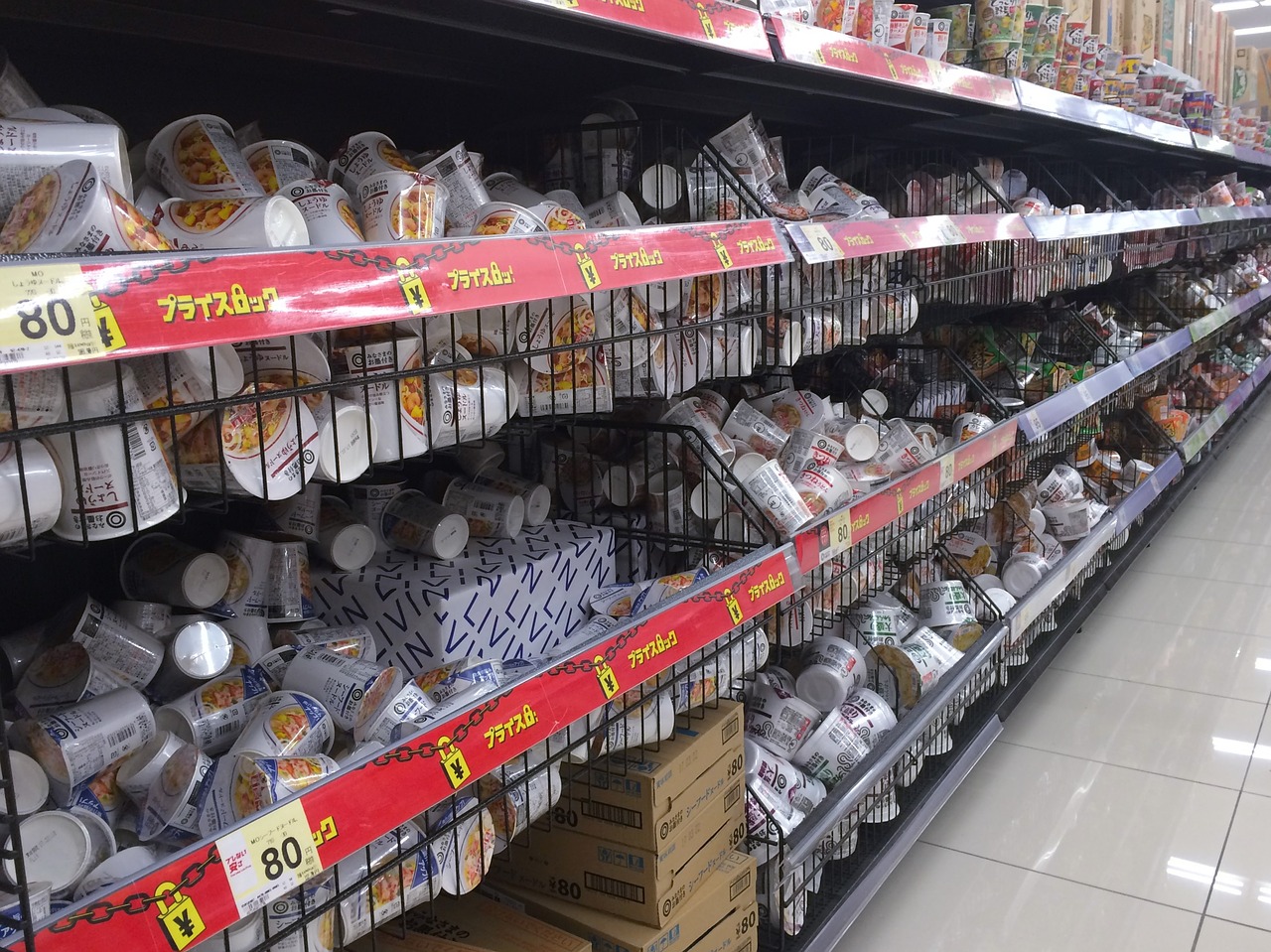
It’s not that expensive, compared to other bog cities.
In reality, Japan has been facing serious deflation for decades.
Cost of living as well as wages is the same or even cheaper than it was back in 1980’s.
This myth left over from that era, when Japan had the bubble economy and very strong.
Today, Japanese currency is relatively cheap as the government focuses on its export.
But it should be noted that Japan can be as cheap, but expensive as you want it to be.
Just like any other tourist spots around the world, it can be super expensive if you only go to fancy restaurant and hotel.
10. Cosplay Is Totally Normal In Japan
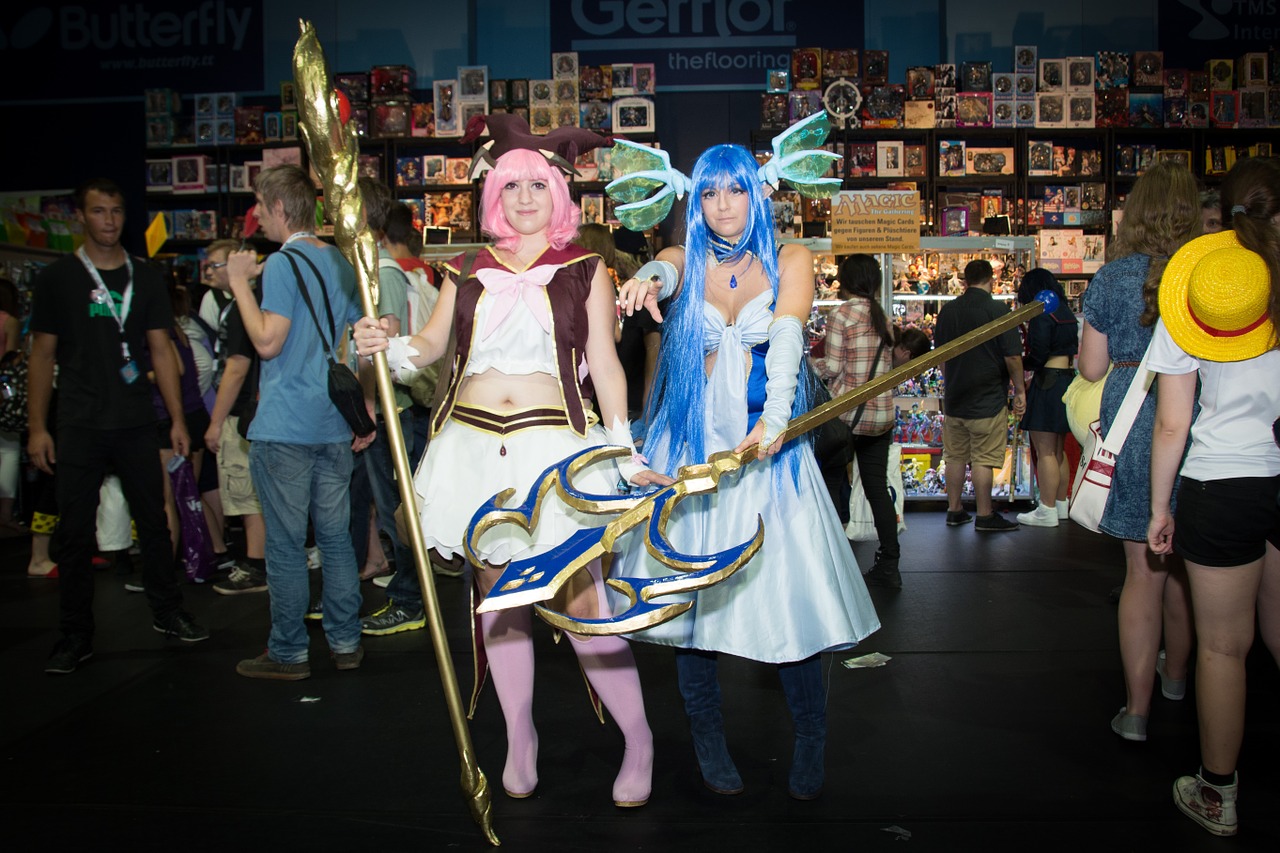
Today, a lot of influencers and YouTubers talk about their trip to Japan and share their own experience on the internet.
Those information are often like “hey! Japanese people are so fashionable and they dress like 23rd century!”
Okay, if you go to Harajuku or Akihabara, you will often see people wearing exotic dress and stuff, but 99.9% of Japanese land is just the same as anywhere around the world.
Maybe Japanese people are relatively open to those anime and cosplay, but it’s often exaggerated in other countries.
In this article, we looked through misconceptions and myths about Japanese culture that westerners often have.
Some of these misconceptions are from media, and some are left over from the history.
But the best way to see the culture is to visit Japan, and I believe most of Japanese people welcome you.
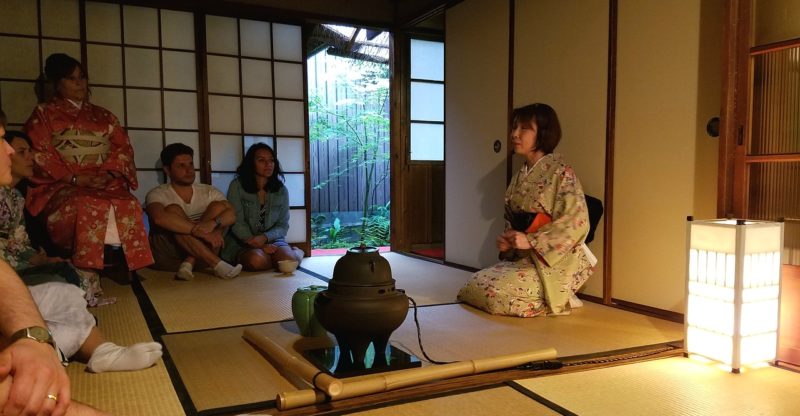


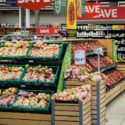


[…] https://asianminato.com/top-10-misconceptions-and-myths-about-japanese-culture […]